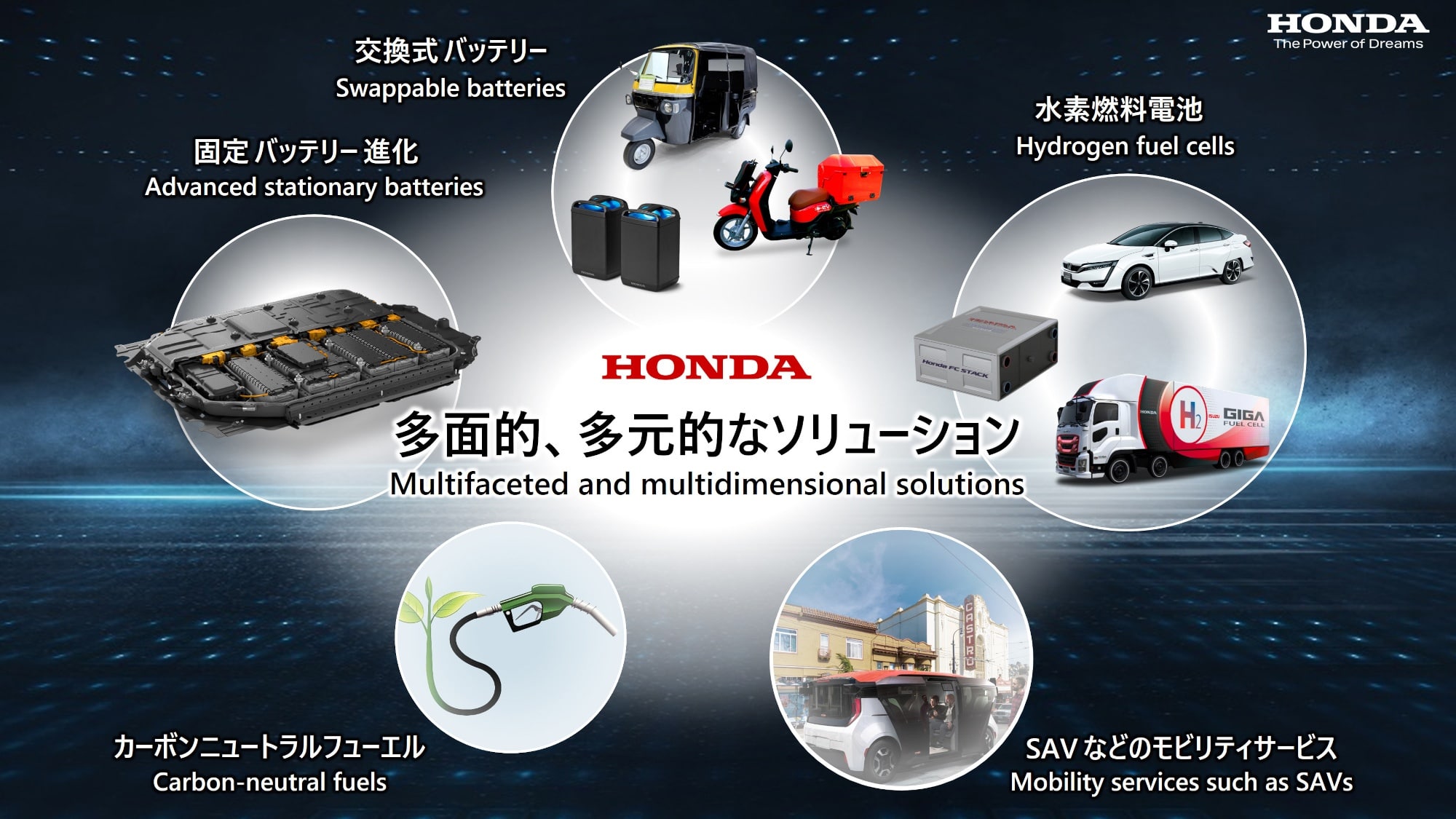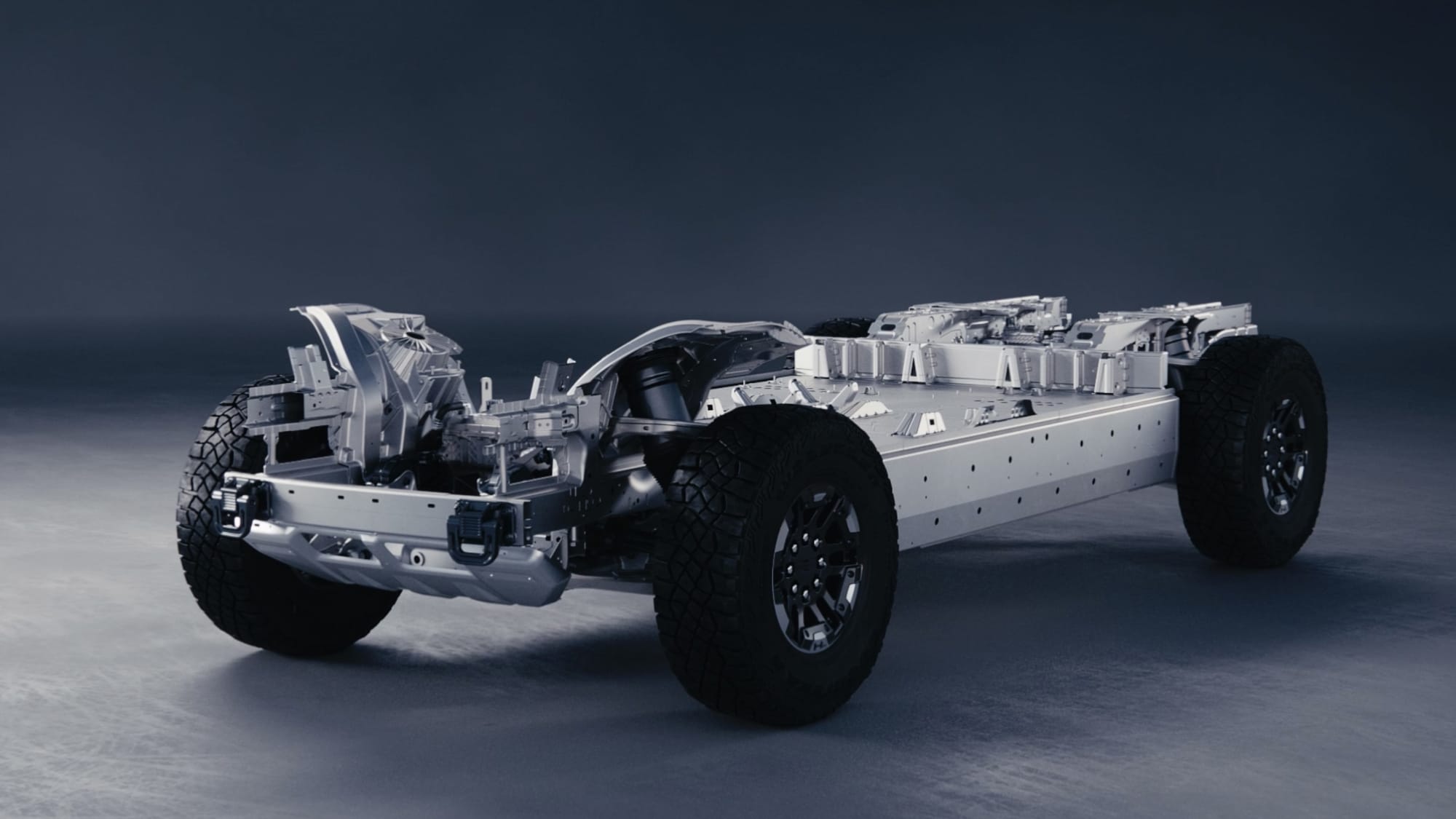Honda unveils its action plan in the electrification race

Honda, which was lagging behind, finally seems to be entering the race for the electrification of transport. The Japanese manufacturer unveiled its action plan on Monday on the transformation and preparation of society to face this tsunami which is hitting the automotive sector.
The strategy encompasses the consolidation of existing businesses, initiatives to initiate “new growth” with partnerships, investments in research and development, the construction of new factories and the launch of new products.
With annual sales approaching 30 million units of electric and mobility products combined, Honda “believes in taking a multi-faceted and multi-dimensional approach and not just replacing motors with batteries” if it is to achieve its carbon neutrality targets by 2050.
To eliminate the greenhouse gases (GHG) generated in all its sectors of activity, the manufacturer is betting on the electrification of the automobile, but also on the use of hydrogen and interchangeable batteries.
In the past, Honda divided its organization by products (motorcycles, vehicles, outboard motors, aircraft and electrical products), but from 2022 the technology departments will be at the heart of the brand’s future competitiveness. Electrified products and services, batteries, energy, mobile power supplies, hydrogen, software and technology are now grouped under a new entity, Business Development Operations.

Partnership with GM
In order to ensure a stable supply of liquid electrolyte lithium-ion battery in each region of the world, Honda will strengthen its partnerships. In North America, the manufacturer will first supply Ultium batteries from GM, with which it is studying the possibility of creating a joint venture for the production of batteries.
As for electrification technologies, batteries, as well as software and connected technologies, Honda will continue its interindustry collaborations and alliances, in addition to injecting more than 100 million dollars (10 billion yen) annually into young companies (start-up) showcasing advanced technologies and high-potential business models to expand its offering.
Honda will also spend nearly $434 million (43 billion yen) building a demonstration line for its next-generation batteries, a technology the company aims to bring to its vehicles as early as 2025. In the next decade, more 80 billion (8 trillion yen) will be invested in research and development, including 50 billion (5 trillion yen) in electrification and software. In addition to building two factories dedicated to the production of electric vehicles in Guangzhou and Wuhan in China, Honda will set up a production line in North America.

2 SUVs for 2024
Before the end of the decade, Honda plans to launch 30 electric vehicle models of various sizes worldwide, with an estimated annual production volume of more than two million units. Without giving further details, she adds that she will have two sports vehicles, a specialty and a flagship model, which will embody “the universal sporting spirit of Honda and its distinctive characteristics”. “While meeting the challenges of carbon neutrality and electrification”, the manufacturer claims that “the joy of driving” will continue through its electric offer.
North America will be entitled to two electric SUVs in 2024, developed jointly with GM: the first will sport the Acura logo while the Prologue will be sold under the Honda banner. Later, this partnership with the American giant should allow Honda to manufacture affordable electric vehicles “whose cost and autonomy will be as competitive as those of gasoline vehicles from 2027”. In addition, from 2026, the Japanese firm will begin to adopt its Honda e architecture, designed to accommodate vehicles and SUVs marketed on the continent.












